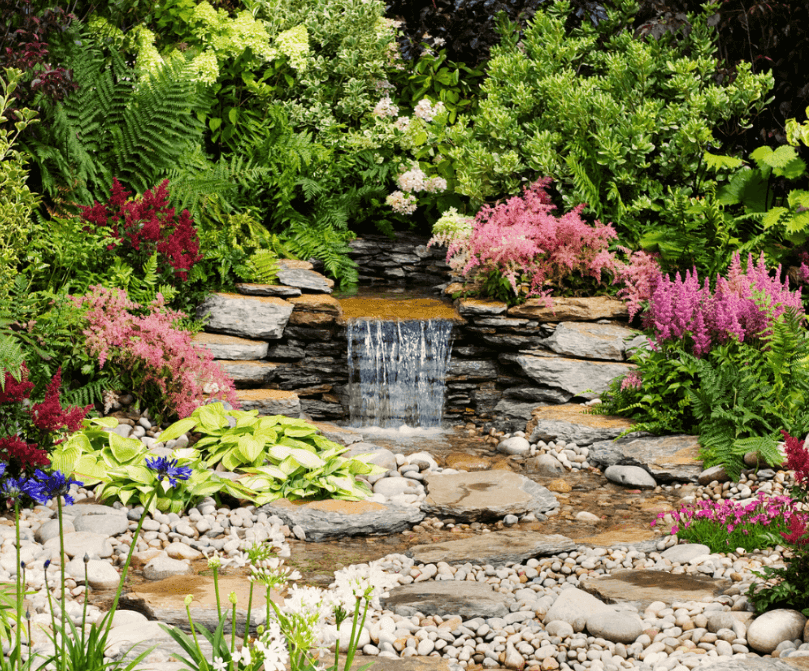Creating A Biodiverse Garden
As we head into the spring months, the gardening season begins in earnest!
Creating a garden is often scary and complicated, especially when you bring into account issues of re-wilding, biodiversity and pollinator friendly spaces.
Where to even start? I hear you ask!
No matter what size your garden is, from large flower patches to just a few small pots, you can make a difference!
Creating a haven for birds, butterflies, beneficial insects and other wildlife can play an essential role in supporting our rich biodiversity.
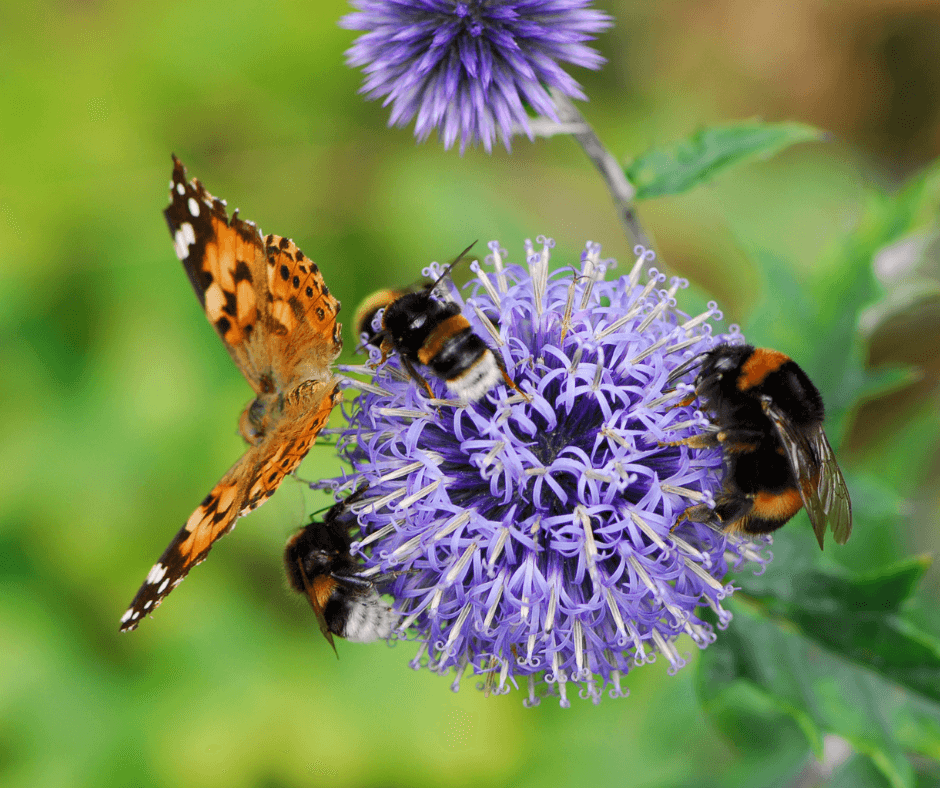
Here are some tips on how to make your garden more biodiverse
Plant Choices
As the word ‘biodiversity’ suggests, it’s all about diversity.
The more plant-species-rich a garden is the more biodiverse it will be, and this will attract a greater variety of insects and wildlife.
Fragrant flowers are a good choice as they attract many different species of pollinators and bees are particularly attracted to the colour purple!
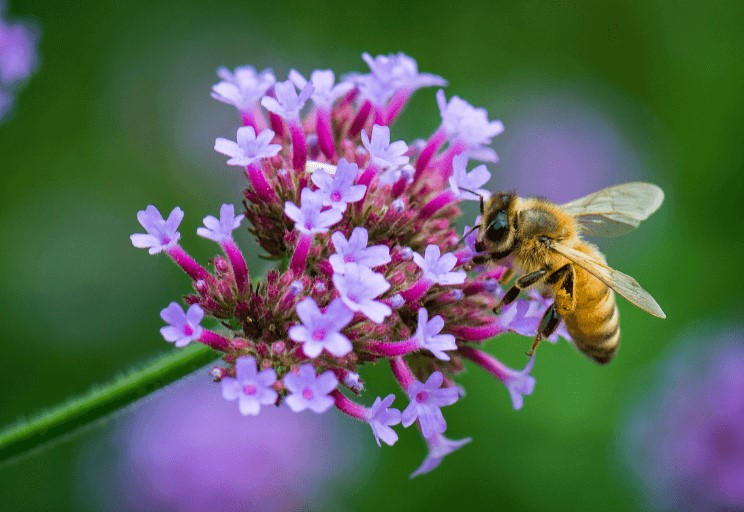
Trees, Hedges and Shrubs
Trees, hedges and shrubs offer shelter and nesting areas for wildlife, particularly birds.
They can also produce flowers, fruits and seeds which wildlife love, we suggest planting Crab-apple (Malus sylvestris) or Hawthorn (Crataegus monogyna), but there are many options of trees to choose from.
Hedges such as Laurel, can create wildlife corridor for your garden, protecting hedgehogs, voles and small creatures as they traverse the terrain.
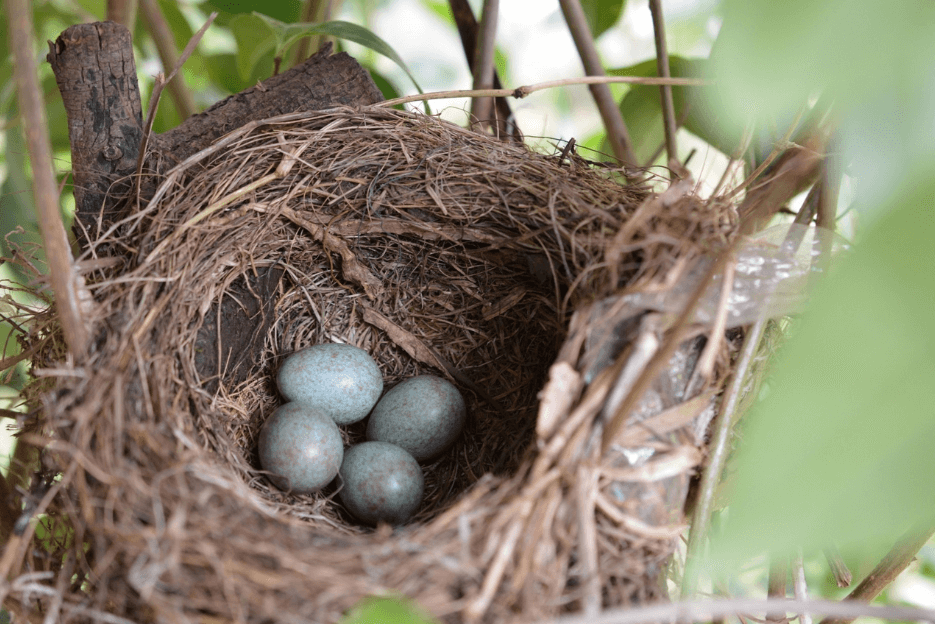
Flowers for pollinators
Plant a range of species of all shapes, colours, sizes and fragrances. If you have space, try to have something in flower most of the year.
Flowers provide pollen and nectar for bees, butterflies and other insects that fertilise plants and are vital to our survival. Avoid too many highly bred cultivars with big or double flowers as they contain little pollen.
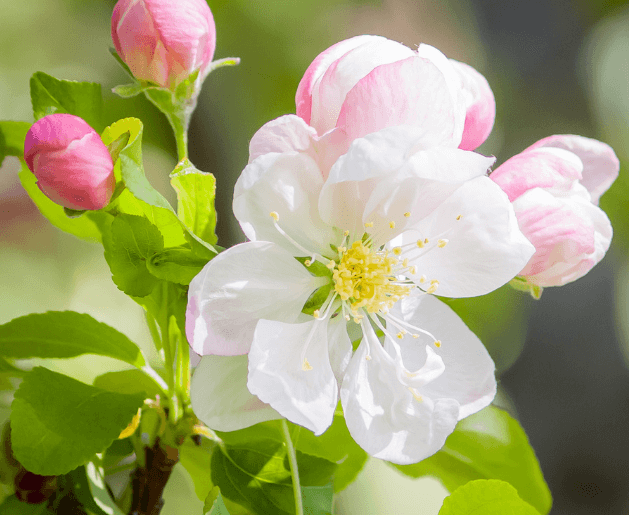
Most insects have short lifespans so a mix of seasonal plants is great, especially if you have a small space or a few pots
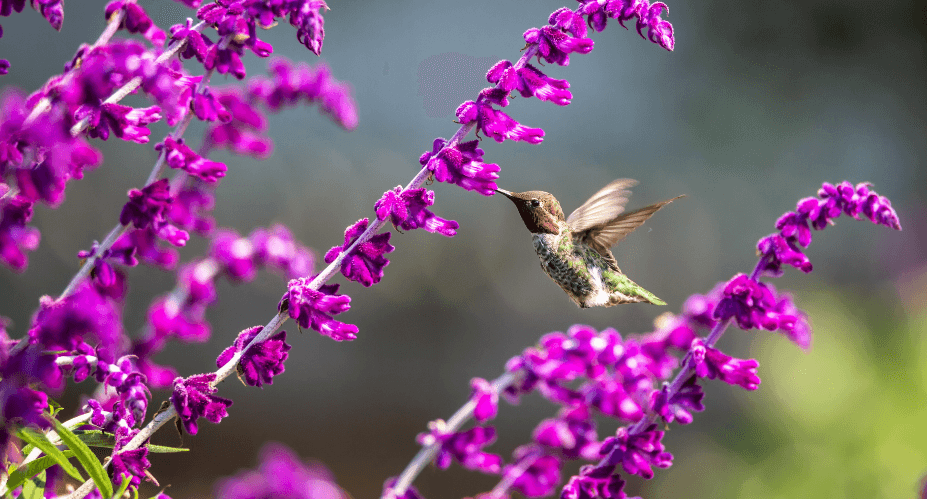
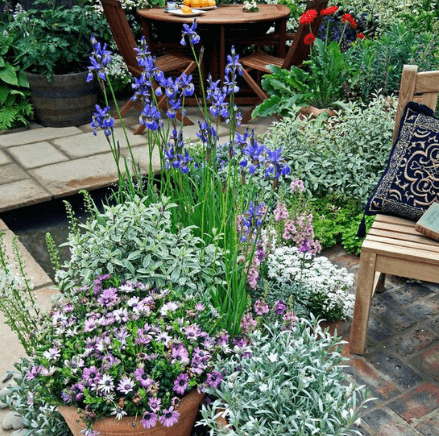
Size doesn’t matter!
Your balcony can make a difference! You don’t need to have a large garden to create a haven for birds and pollinating insects.
With the right kind of plants, any balcony or windowsill can easily become a biodiversity hotspot.
Growing potted plants such as lavender and mint is excellent for bees and other pollinators. Climbers, such as honeysuckle, can be grown up railings and provide nectar and pollen for insects and birds.
Water is essential
The easiest way to add wildlife to a garden is to install a pond or birdbath, however tiny.
Make sure ponds have at least one sloping side to allow creatures an easy way out. Most wildlife, including amphibians such as newts and frogs, like shallower water than is generally thought.
Add water plants to encourage safe spaces for insects and animals.
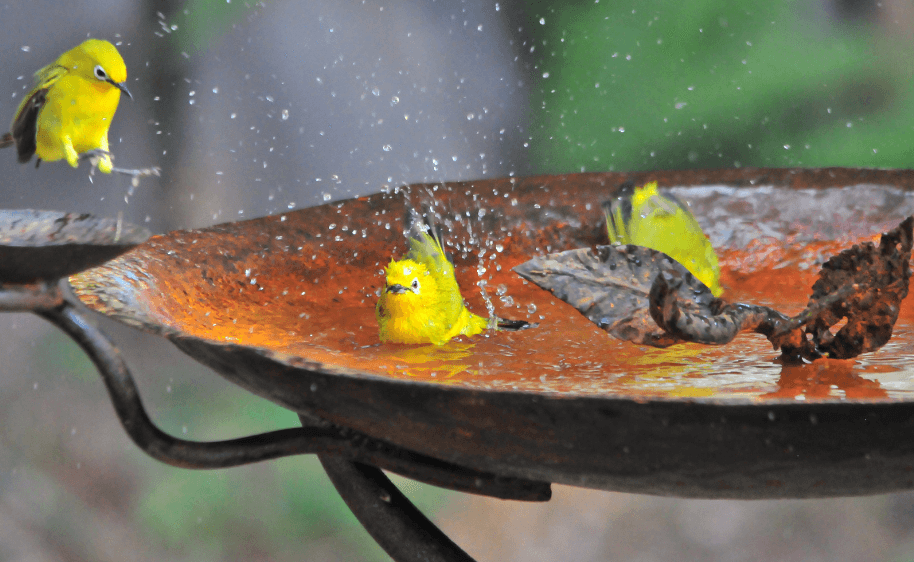
Create safe homes
Dead or decaying wood habitats are the stag beetle larvae’s food source. Our stag and bark beetles and their grubs, and many species of fungi need wood (particularly natural logs) to grow and feed from.
Log piles can be created to look quite artful and rustic, though you may prefer to tuck them out of sight. If you don’t have the size, add an insect hotel!
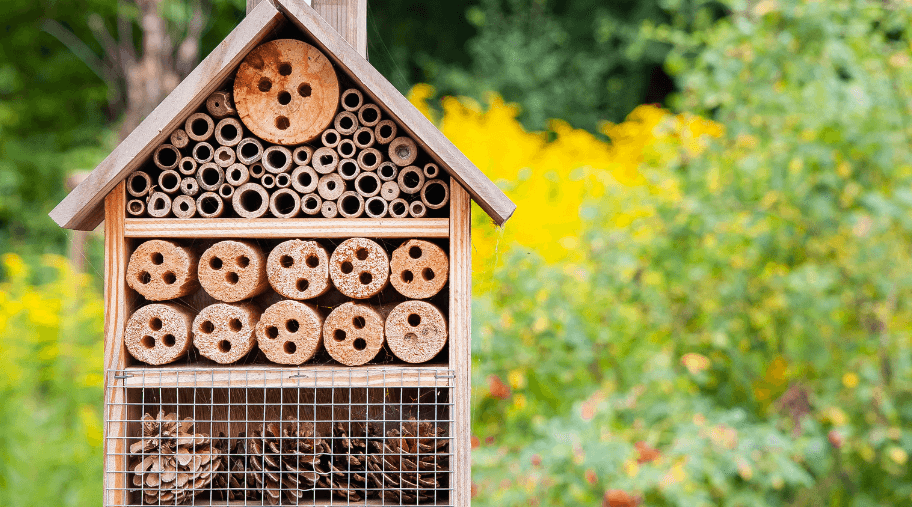
Compost
Composting your garden waste helps all your garden plants and wildlife, as it speeds up the natural recycling of nutrients by harnessing native decomposer organisms (saprophytes), especially fungi and soil bacteria.
Compost heaps also shelter many small creatures (and some larger ones, like slug-loving slowworms and grass snakes), which enjoy the heat released by decomposition.
Don’t be too tidy!
In the wild, an untidy woodland is a healthy woodland. Apply this idea to your garden and let a section or corner of it grow wild.
This doesn’t mean your garden has to look a mess, but piles of leaves and twiggy debris provide both food and habitat for many species.
If you leave perennials uncut over winter, their hollow stems can shelter hibernating insects. Piles of stones also make good habitat, particularly for hibernating reptiles and amphibians, they can be tucked away or included in you garden design.
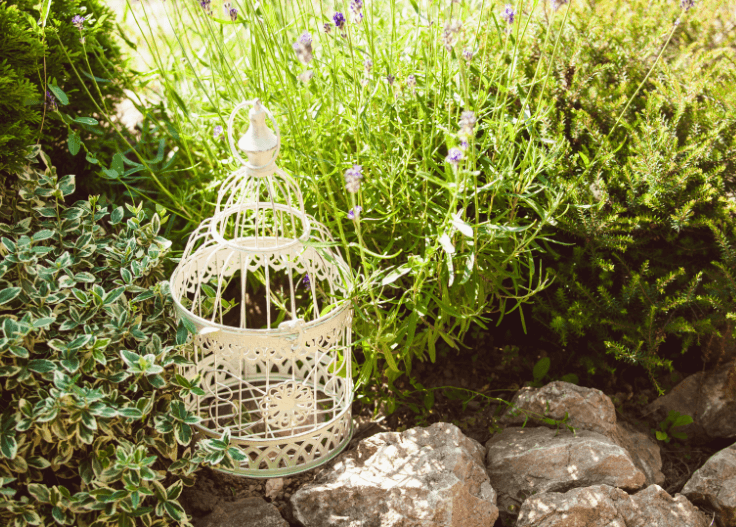
Allow a patch of grass to grow longer
Leaving a patch of lawn to grow longer will provide shelter for small mammals such as wood mice, voles and shrews, as well as food for pollinators.
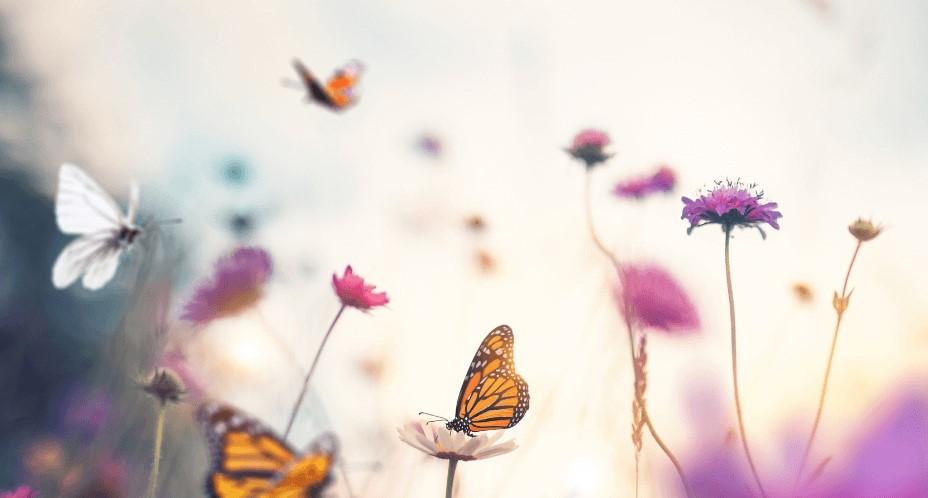
Garden sustainably to help protect wildlife
Sustainability is an environmental buzzword that simply means reducing your use of finite resources in favour of natural resources.
To garden sustainably means to adopt, where possible, some of the following habits:
• Avoid peat-based composts and explore alternative growing media
• Save water, such as using water butts to collect rainwater. Rainwater is often better for your plants anyway!
• Recycle where you can!
• The more biodiverse your garden, the less issues you will have with pests. Only
use a chemical-based pesticide in small localised areas and if there are no organic or natural alternatives available
• Buy locally grown plants.
• Plant drought-resistant plants (look for plants with silver foliage). We suggest hebes, lavenders, rosemary, various succulents or alpines.
• Use mulches to reduce the loss of water from your garden.
By creating a biodiverse garden, you are adding to its beauty as well as helping to heal the planet and preserve it for future generations.


